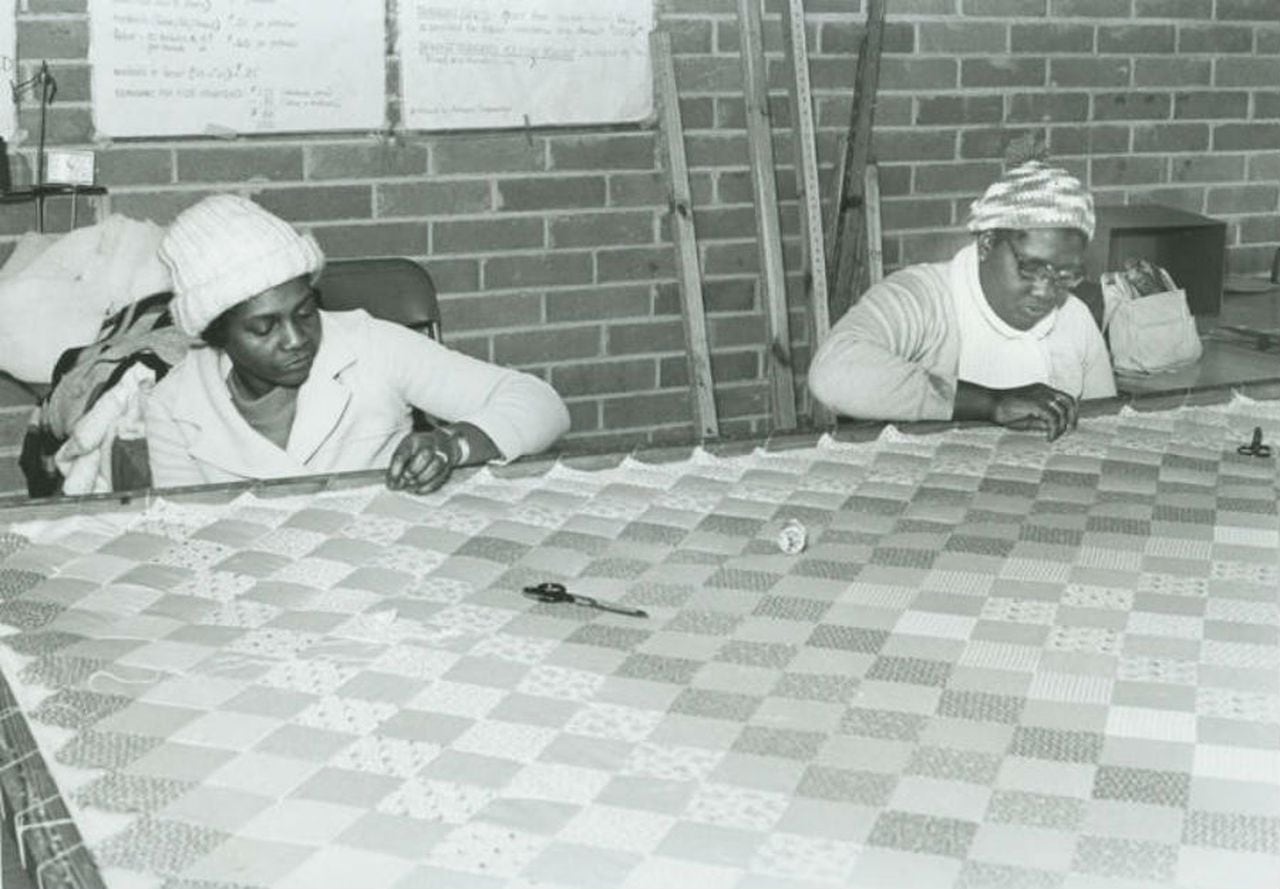From slavery to national fame: The Geeâs Bend quilts that changed modern art
AL.com’s “Alabama Vintage” project explores inclusive stories and photos from archives and readers. Follow the project on Instagram @alabamavintage.
Most of the residents of Gee’s Bend, also known as Boykin, Alabama, are direct descendants of enslaved people who worked the cotton plantation established in 1816 by Joseph Gee. After the Civil War, many stayed on as tenant farmers and sharecroppers. Despite poverty and the fall of cotton prices, some also were able to purchase their own homes and land, a rarity at the time.
In 1962, Congress built a dam and lock on the Alabama River at Miller’s Ferry, a 17,200-acre reservoir was created and flooded much of Gee’s Bend’s best farming land, forcing most residents to give up farming.
This pushed residents to cultural traditions like quilt making, which led to fame across the country.
In the 1960s, earmarked by Martin Luther King Jr’s visit, community members became active in the Civil Rights Movement and registered to vote by ferrying to Camden. Local authorities responded by cutting off their ferrying service, shutting them off from essential services. During this period, local women created the Freedom Quilting Bee, a framework established around their quilt making and political empowerment.
These quilts, which were made because of the need for warmth in the 1800′s, turned into an art form. The abstract patterns and styles, unique compared to many other styles of American quilting, were passed down through generations.
Collector William Arnett, who studied vernacular and folk art, came across a photograph of a quilt draped over a woodpile that he and his son Matt tracked down to Gee’s Bend. He showed pictures of the quilts to Peter Marzio, of the Museum of Fine Arts, Houston and was so impressed that he agreed to put on an exhibition. “The Quilts of Gee’s Bend” opened there in September 2002.
Arnett’s exhibition finally brought the quilters widespread fame and payment for their work, though there were some disputes about whether he profited more than the women did.
With the help of Arnett and the Souls Grown Deep Foundation, 50 local women founded the Gee’s Bend Quilters Collective to market their quilts, some worth more than $20,000.
Gee’s Bend quilts have been exhibited in museums across the country and even had featured images on U.S. Postal Service stamps in 2006.
In 2015, 3 NEA National Heritage Fellowships were awarded to Mary Lee Bendolph, Loretta Pettway, and Lucy Mingo, all of whom claim a long quilting lineage.
In 2022, the community began holding an annual festival to celebrate the quilts and bring more money to local residents, many of whom quilt but also work other jobs to support their families.
The New York Times has called these quilts “some of the most miraculous works of modern art America has produced,” and they still stand as parts of permanent collections of over 30 leading art museums. Gee’s Bend, founded on the back of slavery, is now forever a part of serious academic discussions on the definition of art.
